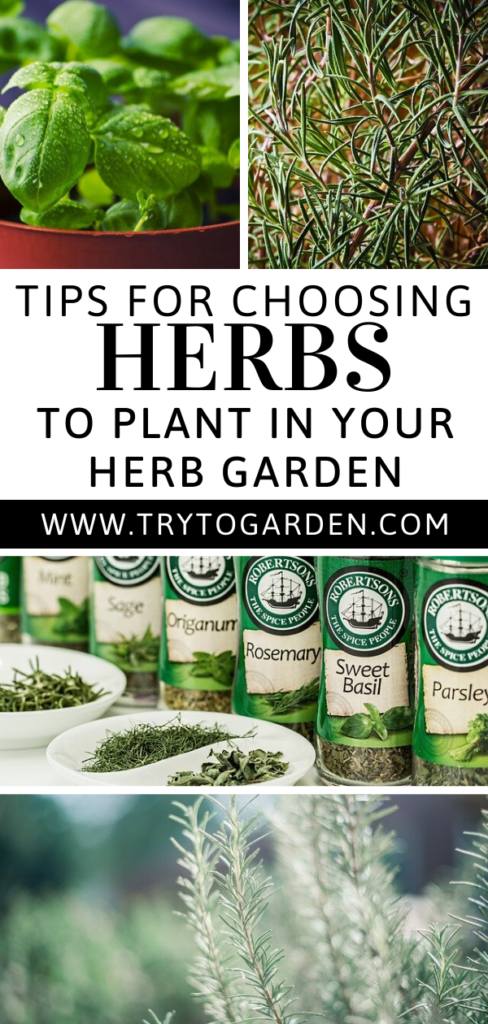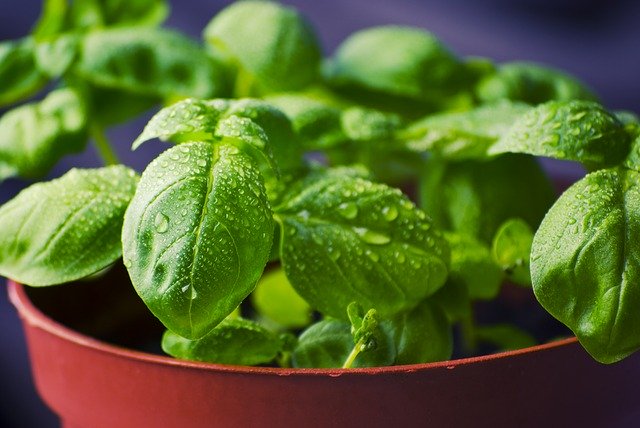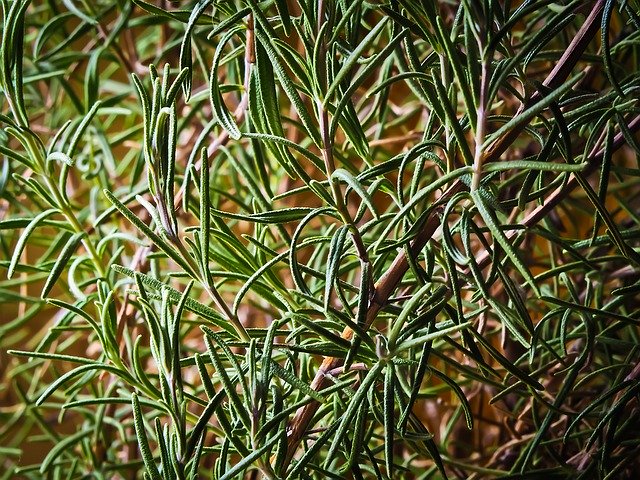This post contains affiliate links, which means I will make a commission at no extra cost to you should you click through and make a purchase. As an Amazon Associate I earn from qualifying purchases.
Choosing Herbs that you want to grow can be tricky. Some commonly used herbs that grow easily are basil, bee balm, catnip, chamomile, chives, dill, lemon balm, peppermint, and spearmint.

Before you begin growing your herbs, it is essential to consider what herbs you currently use. Many people use herbs in cooking, such as basil, oregano, sage, rosemary, etc. Another way we frequently incorporate herbs into our daily life is through potpourris, herbal wreaths, and essential oils. You will want to begin your garden by choosing the herbs you are already using. Having fresh herbs that you already know how to put to good use will make the process of learning to grow your herbs easier.
Choosing Herbs For Your Garden
Perennial or Annual?
You may also want to consider whether the herb is annual or a perennial when choosing herbs for your garden — annuals only last one year. Perennial plants come back every year, eliminating the need to repurchase the plants. Some experienced gardeners collect the seeds from the annual blooms each year to plant the next spring.
USDA Hardiness Zone
Another consideration when choosing herbs for your garden is the USDA Hardiness zone where you live. You will need to find out what herbs grow in your region. Often you can look at the back of a seed package to find out where the herb will grow. If you are buying live plants from a nearby nursery, it will eliminate the guesswork, because they will not sell herbs that do not grow in your zone. You can also look around your area and see what herbs grow well for your neighbors!

How Difficult are Herbs to Grow?
If you are new to herb gardening, you will probably want to choose herbs that are considered easy to grow. Some of the easiest herbs to grow are Anise, basil, bee balm, betony, borage, calendula, catnip, chamomile, chives, comfrey, dill, feverfew, lavender, lemon balm, lovage, peppermint, sage, spearmint, nasturtium, pennyroyal, violet, and yarrow. Some herbs such as peppermint and spearmint can grow so well that they are considered invasive. Invasive herbs should be planted in enclosed beds or pots to prevent them from taking over other herbs in the garden.
How Much Sun Will Your Herbs Get?
The location of your herb garden will also determine what kinds of herbs you plant. If your herb garden is in full sun, such as the south side of a house, you will want to choose herbs that do well in full sun. Herbs planted on the east and west sides of homes, trees, and buildings often receive partial sun and shade. Herbs planted on the north side of a house, tree, or building will receive a lot of shade, and only shade-tolerant plants will do well in this type of garden.

Where to Plant Your Chosen Herbs in the Garden
The size and color of the herbs you have chosen will determine where you place the herbs in your herb garden. The larger herbs, or herbs that have the potential to grow the tallest, should always be planted toward the back of the garden to ensure they are visible and not being covered up by other plants. The information about what height the herb will grow to is on the back of seed packages, or on the plastic stake that comes with live herbs. A nice mixture of colors throughout the herb garden will also add to the visual appeal. Mix dark and light greens and consider the color of the herbal blooms when selecting the right herb.
Soil Fertility
When starting any garden, it is a good idea to have the fertility of your soil tested — adding some compost to the herb garden before planting is a beautiful way to fertilize the land organically.
